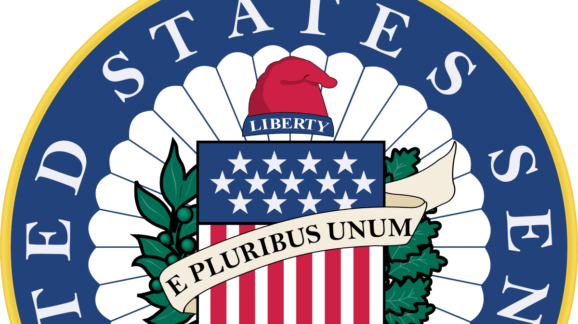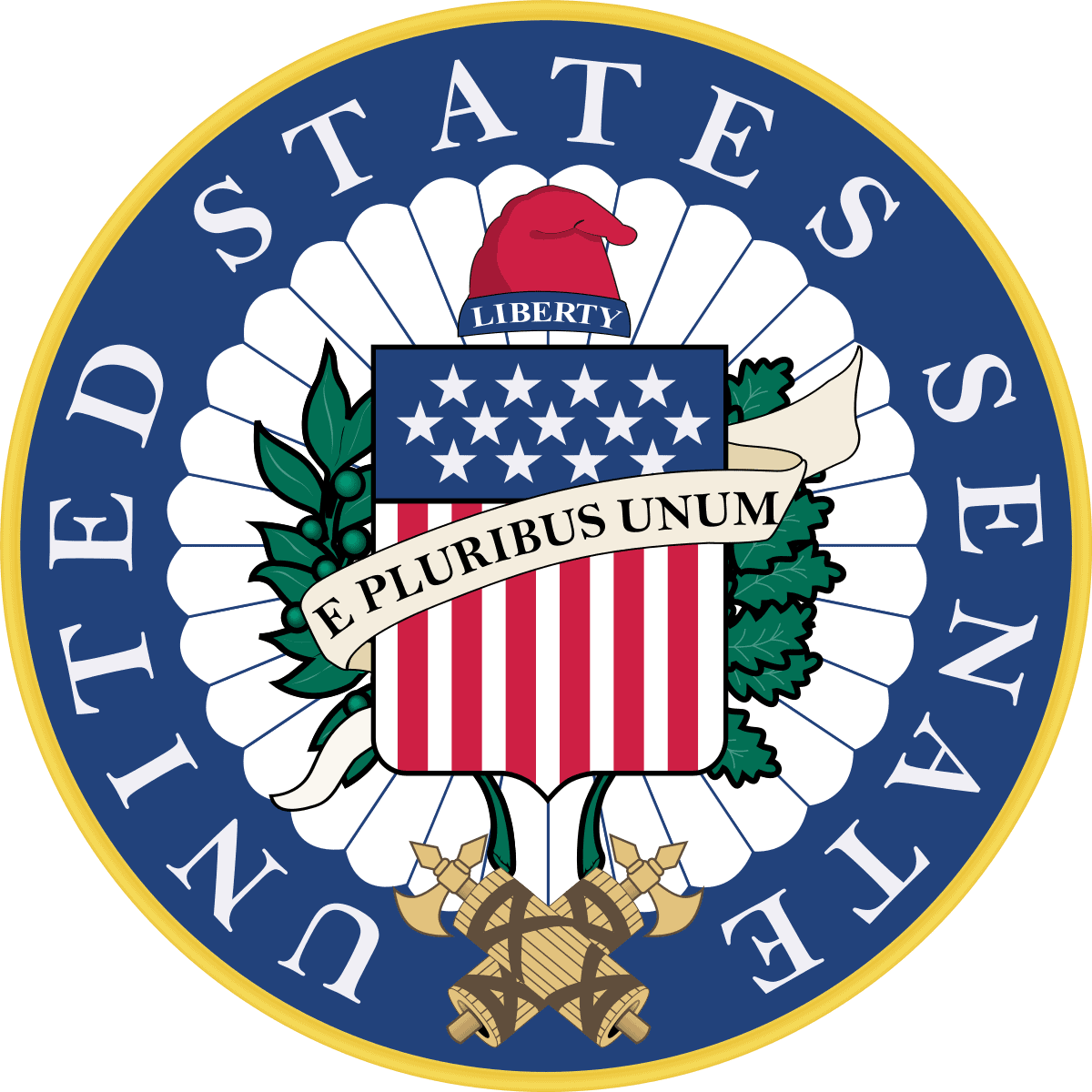Big Changes Needed to Senate’s Financial Reform Bill

 Early next week, the Senate Banking Committee is expected to markup Chairman Mike Crapo’s (R-ID) bipartisan financial reform bill, the Economic Growth, Regulatory Relief and Consumer Protection Act. The legislation, which includes 10 Democratic co-sponsors, would bring decent relief to an industry that has been devastated by the Dodd-Frank Act, the Obama-era legislative response to the financial crisis.
Early next week, the Senate Banking Committee is expected to markup Chairman Mike Crapo’s (R-ID) bipartisan financial reform bill, the Economic Growth, Regulatory Relief and Consumer Protection Act. The legislation, which includes 10 Democratic co-sponsors, would bring decent relief to an industry that has been devastated by the Dodd-Frank Act, the Obama-era legislative response to the financial crisis.
But while the bill is a good first step, Republicans must push for more dramatic reform. The current legislation focuses on minor tweaks to the system, falling far too short in areas which could have a significant impact. Below are some recommended changes to two of the main provisions in the legislation: The Volcker Rule and the designation of Systemically Important Financial Institutions (SIFIs).
Raising the Volcker Rule Exemption
The Volcker Rule is a Dodd-Frank regulation that prohibits federally insured banks from “proprietary trading,” that is, trading with their own capital. As my CEI colleague John Berlau and I outline in our latest paper, “The Case against the Volcker Rule,” the Rule is a misguided and unnecessary attempt at addressing the risk taking of banks. Worst of all, it is incredibly complex to understand and even harder to enforce. This leaves small banks, with limited legal teams and slim margins, having to reduce their trading in certain securities as to not run afoul of the prohibition, even if they were using them for permissible activities, such as hedging and market making.
Many claim that the Volcker Rule’s impact on community and regional banks is exaggerated, as they have little use for trading in products such as derivatives. But according to a Regions Financial and Auburn University study, around 18 percent of community banks were active derivative users in 2012. Yet many have had to reduce and even stop using derivatives for risk management due to uncertainty. For example, Salt Lake City-based Zions Bancorporation was forced to divest a long-held debt security and take a loss of $387 million. This cost Zions more than it had earned for any calendar year since 2007.
Former Federal Reserve Chairman and proponent of the rule, Paul Volcker, thought that such a rule would only impact the largest four or five banks. Yet it has impacted everyone in the financial system, from banks and investors to businesses and consumers.
Currently, Sen. Crapo’s legislation provides an exemption to the Volcker Rule for banks under $10 billion in consolidated assets. This should be raised much higher. If the Volcker Rule should exist at all, it should at least focus on the few largest firms that have significant trading activities—Wall Street. A suitable reform would apply this to those deemed Globally Systemic Important Institutions (G-SIBS). At a minimum, however, the rule should be raised above $50 billion. Another approach involves integrating the Rule into the regulation of SIFIs, that is, banks designated as being a systemic risk.
Recalibrating the SIFI Threshold
The most significant provision of the Sen. Crapo bill is raising the Systemically Important Financial Institution (SIFI) asset threshold to $250 billion. Currently, banks with over $50 billion in assets are automatically considered SIFIs, and are subject to greater oversight and regulation. Yet that threshold ropes in far too many banks that pose no system-wide risk at all. Main Street regional banks do not bear the same risk profiles as multi trillion-dollar Wall Street behemoths, yet under the current SIFI system, they are regulated the same.
As I have outlined previously, the designation of banks as SIFIs should be eliminated entirely. Nominating institutions as “too big to fail” and guaranteeing their bailout by the taxpayer encourages banks to act riskier than they otherwise would. It also assumes that regulators are able to effectively manage and predict risks in the financial system, which the 2008 financial crisis proved stunningly incorrect.
Raising the SIFI limit to $250 billion is no doubt a large improvement over the status quo. Yet there is an even better option. As I outlined in an op-ed for The Hill, a better approach would require regulators to tailor heavy regulation with regards to a bank’s entire risk profile, not just its size. A bank is not risky simply because it is big, but because of a range of different factors, such as its activities, complexity, and connections with other banks. A tailored approach to regulation reflects this, whereas an arbitrary asset threshold does not.
Fortunately, such an approach has already made headway in Congress. Sens. Claire McCaskill (D-MO) and David Perdue (R-GA), two senators who both co-sponsored the Crapo legislation, released a bill earlier this year titled the “Systemic Risk Designation Improvement Act.” To improve the current regulatory reform efforts, the SIFI asset threshold should be replaced with Sen. McCaskill and Perdue’s tailored approach to regulation.
What should be done?
Senate Republicans are in a stronger bargaining position than they have given themselves credit. Many of the moderate Democrats who co-sponsored the legislation are up for reelection in states that President Trump won in 2016. They are clearly eager to strike a bipartisan deal that supports small and regional banks, which are often the backbone of their economies. Driving through more significant regulatory reform already has support, with alternative legislation introduced by Senate Democrats. Raising the Volcker Rule’s exemption and recalibrating the regulation of Systemically Important Financial Institutions should be a priority in this week’s markup.